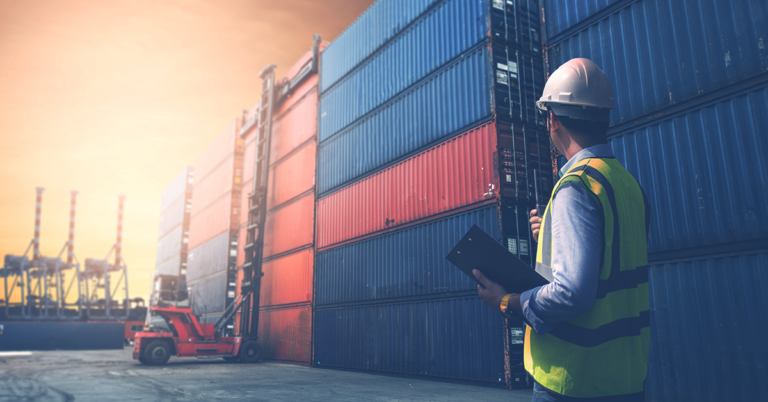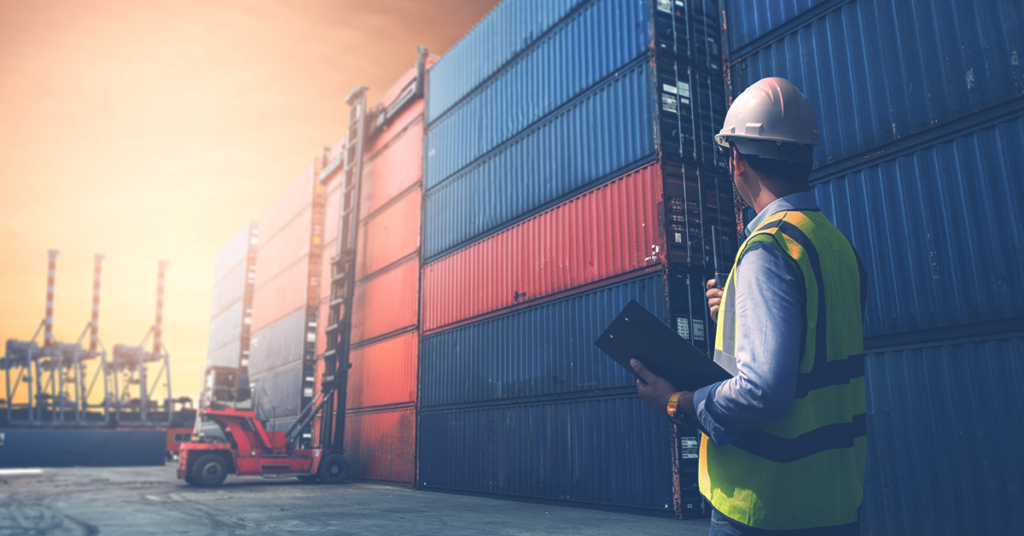As ESG requirements evolve, companies find the supply chain as an emerging critical area. The increased focus on sustainability requires companies to look closely into product/service design and manufacturing processes, the materials and services they use, and how their products travel through the supply chain.
How do we define a supply chain?
A company’s supply chain is a vast interconnected network of businesses, organizations, individuals, and resources involved in creating and delivering a product or service to end customers. Simply put, the supply chain begins with sourcing the raw materials and ends when the product’s or service’s life cycle ends. Parties involved include suppliers, manufacturers, distributors, retailers, and customers.
To demonstrate its commitment to responsible business practices, manage risks, improve efficiency, and enhance its brand reputation, a company needs to understand and provide more detailed information about its supply chain than conventional preparers could imagine. The key is supply chain transparency.
Supply Chain Transparency
Transparency means the ability to provide the public with factual information about a product’s life cycle – from materials sourcing, manufacturing procedures, packaging, logistics, and usage, all the way through to recycling and disposal. Information disclosure is vital to building customer trust and patronage, but companies must also ensure they disclose the right amount of data to satisfy customers without sacrificing trade secrets to maintain competitive advantage.
In this new environment, every company needs to know every aspect of its supply chain. You need to understand whether the materials you use are sustainable, whether your suppliers practice good governance, and whether your final products are sustainable, safe to use, and can be safely disposed of or recycled.
Responsible reporting is everybody’s business.
Responsible supply chain reporting on ESG can be challenging. Many companies experience difficulty gathering data, worry about the time investment required, and wonder if the costs of these activities are worth it. In addition, knowing when to start and stop data gathering for reporting purposes can be confusing.
It’s also the case that many private companies believe they will not be required to disclose Scope 3 emissions or the impact of upstream and downstream activities. While this may be true for some regulations, it ignores the fact that private companies have business relationships with large public corporations and will be required to report the sustainability impact of downstream and upstream activities. Private companies will be asked to provide complete information about their supply chain so that their public partners can fulfill their reporting requirements.
In addition, public corporations will assess their suppliers’ (even private companies) environmental and social impact. If a company has poor–or poorly reported– ESG practices, this can negatively impact the sustainability goals of companies downstream that rely on the company’s product or services. One company’s sustainability performance can directly affect another company’s sustainability performance further along the supply chain.
Thus, even businesses not required to report by current regulations may have to gather ESG data or risk losing business relationships with market giants.
Given that it will affect everyone, let’s take a deeper dive and demystify some key supply chain considerations you’ll need to investigate:
Materials
- Are these coming from renewable sources? How can the company redesign its product/service to transition to renewable resources, if not?
- How are these materials harvested, mined, or extracted?
- Is the extraction of these materials affecting local communities and/or indigenous people?
- Is it safe to use? Is it causing irreversible negative impact on the environment or society?
- Is the consumption of these materials affecting biodiversity?
- How is the organization working on the replenishment of the resources it uses?
Suppliers
- Are my suppliers publishing complete and compliant sustainability reports?
- Are my suppliers monitoring and addressing any negative environmental impacts of their operations?
- Are my suppliers managing their GHG emissions?
- Are my suppliers involved in any child or forced labor practices?
- Are my suppliers conducting safe and fair labor practices compliant with laws?
- Are my suppliers providing equal opportunities to a divorce group of people?
- Are my suppliers practicing good governance policies and procedures?
- Does the company conduct environmental and social impact assessments on all suppliers? Do they meet the minimum sustainability standards that the company follows?
Production Process or Service Delivery
- Are we managing our energy consumption, considering GHG and other air emissions covering Scopes 1, 2, and 3?
- How about water consumption, treatment, and discharge?
- Are all production or service wastes properly managed?
- Is the company using sustainable packaging materials, limiting plastics from packaging to delivery materials?
- Were all products/services assessed for health and safety impacts?
- Has the company considered the employees’ carbon footprint while working from home?
- Are employees practicing sustainable measures?
- Has the company accounted for the emissions from employee commuting?
Logistics
- Is the product transport process sustainable?
- What emissions are caused by product transportation from the warehouse to the end users?
Product or Service Consumption
- Is the product or service safe for the environment and users?
- Does the product packaging or service description provide details of materials sourcing, a safe use guide, and proper disposal instructions?
- Does the company provide programs or means to collect product waste to recycle or ensure proper disposal?
The goal of asking these questions is both to improve corporate behaviors and ensure the company is in a position to inform stakeholders about the ESG impact of supply chain practices and efforts to promote responsible and ethical practices throughout the supply chain
What can companies do today?
Many companies fall into the trap of waiting until the last minute to look into their vast supply chain impact, leaving them overwhelmed by the scope they need to cover. Achieving transparency in the supply chain offers many advantages for the organization, but transparency won’t happen instantly.
Your business and suppliers can start by taking these steps:
- Assess the current state of supply chain sustainability – map the entire supply chain, identify key risks and impacts, and assess current reporting practices.
- Develop a supply chain transparency strategy – this strategy should outline the specific goals and targets and the actions needed to achieve them.
- Collaborate with suppliers – engage with suppliers to build relationships and gather information about their sustainability practices.
- Invest in technology-driven solutions –enable more accessible collection and analysis of data.
- Report progress – track and regularly report progress, including key metrics, such as supplier social performance and environmental impact, and share best practices and lessons learned.
- Evaluate progress – continuously monitor and evaluate progress, set up systems for tracking and reporting on key metrics, and conduct regular audits and assessments to identify areas for improvement.
Supply chain transparency is a two-way street. It creates trust and confidence within the ecosystem, attracting more customers, investors, and partners. Companies should proactively manage their supply chain risks, achieve supply chain transparency, and meet evolving regulatory requirements to build trust with stakeholders and remain competitive in a rapidly changing business environment.
Global Sustainability Development will likely drive increased demand for supply chain transparency and reporting, and companies should expect more reporting requirements to emerge. It’s vital to stay abreast of these trends and be prepared to comply with new requirements.






